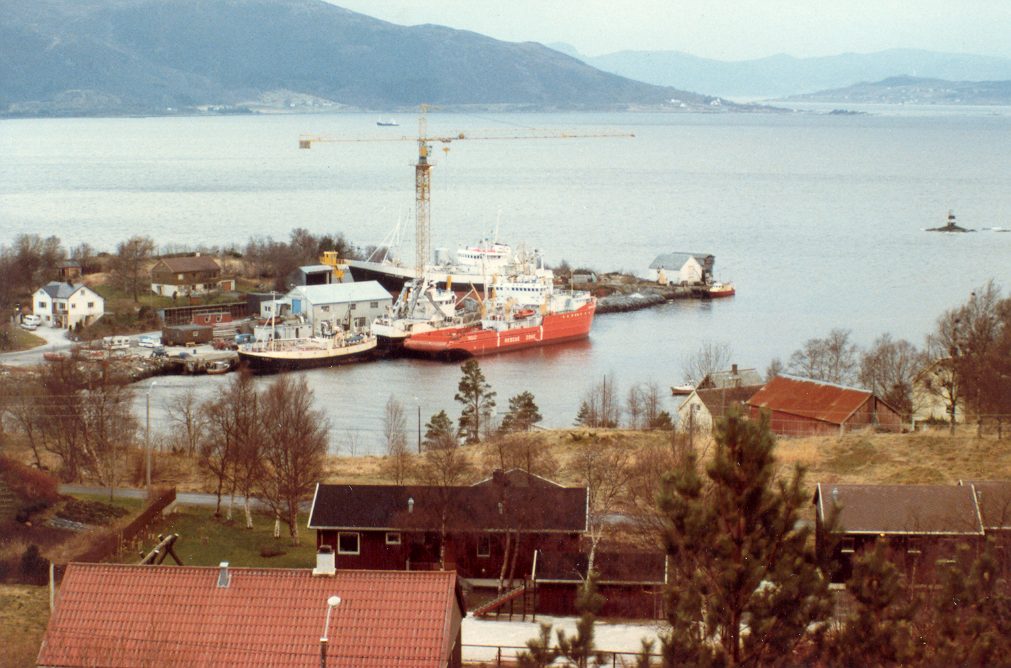
In 1916 a resourceful and dexterous man by the name of Karl Longva opened a workshop on a small islet on the edge of the ocean in Larsnes in the Sunnmøre region. This means the shipbuilding cluster in Larsnes has traditions dating back almost as far as the 1800s. There has been commercial activity on the islet ever since. Quality craftsmanship is our hallmark. The shipyard is strategically located in the maritime cluster with the shipping lanes and the Norwegian Sea as our nearest neighbors.
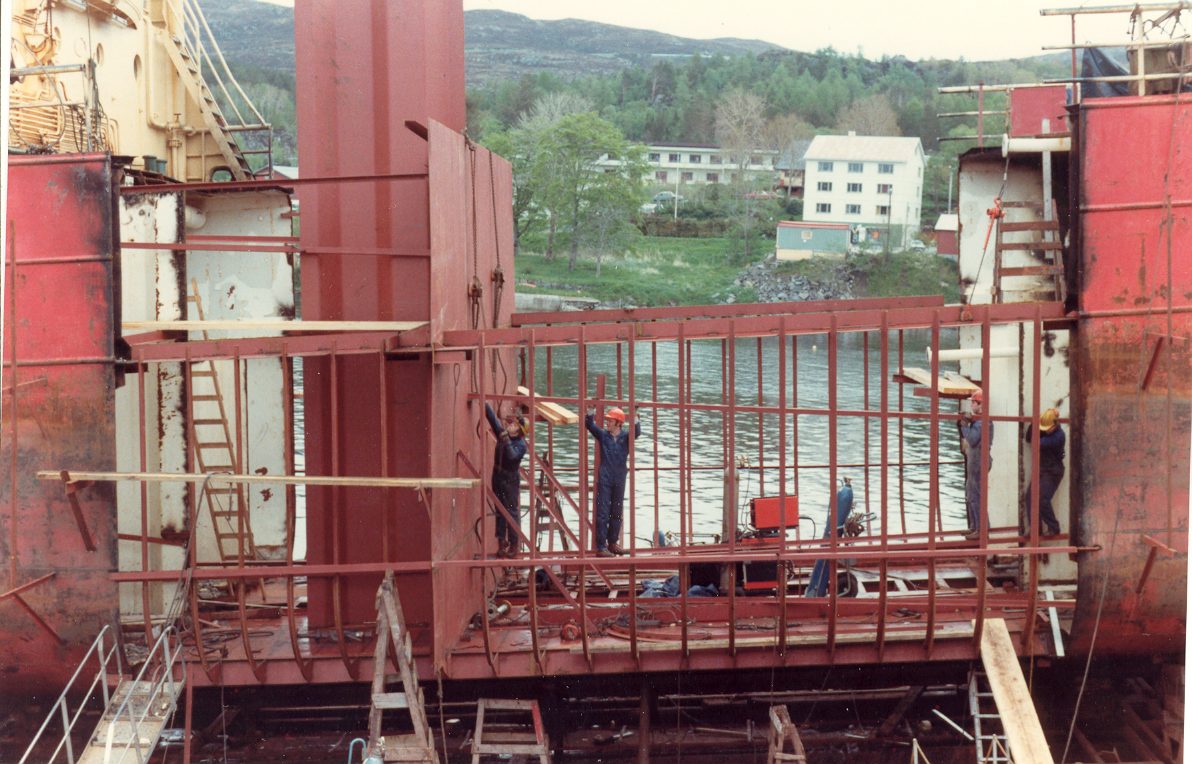
Larsnes Mek. Verksted AS was established in March 1981 and has since become one of Norway’s leading builders of fishing vessels and well boats. Founder Marvin Longva, together with his siblings Helga and Lidvar Longva was the co-owner of the former Longva Mek. Verksted AS. When the opportunity arose to acquire the insolvent Hammer Mek. Verksted, Longva spotted a scope for expansion. Hammer was acquired on 2 March 1981. Since then the firm has been trading uninterruptedly as Larsnes Mek. Verksted AS. Most of the early assignments involved rebuilding, extensions, repairs, and maintenance of ferries, cargo and fishing vessels.
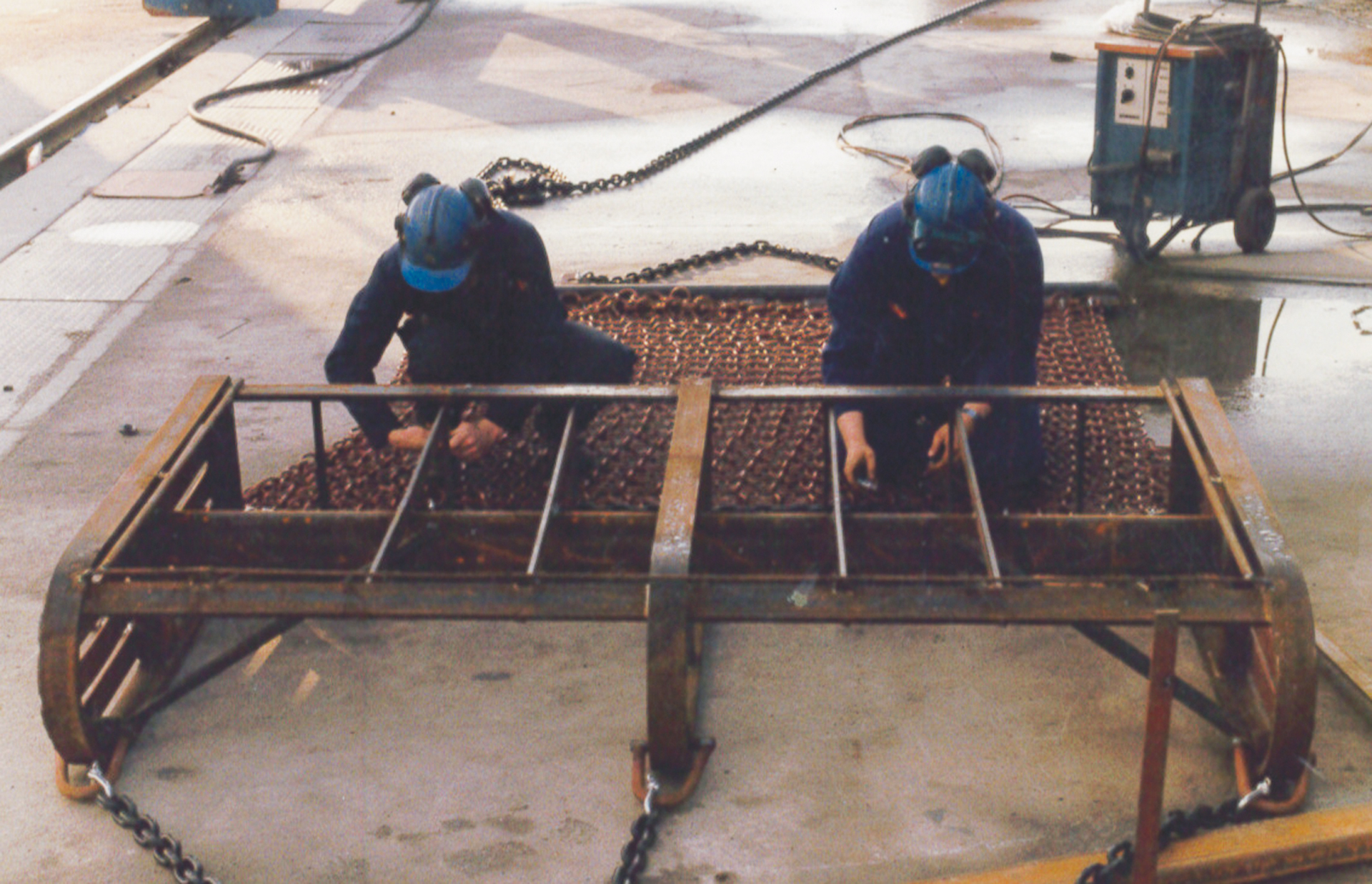
In the period 1985–1987 the shipyard dedicated most of its resources to the booming scallop dredging business. The yard developed dredges, manufactured them, and equipped the vessels for scallop dredging.
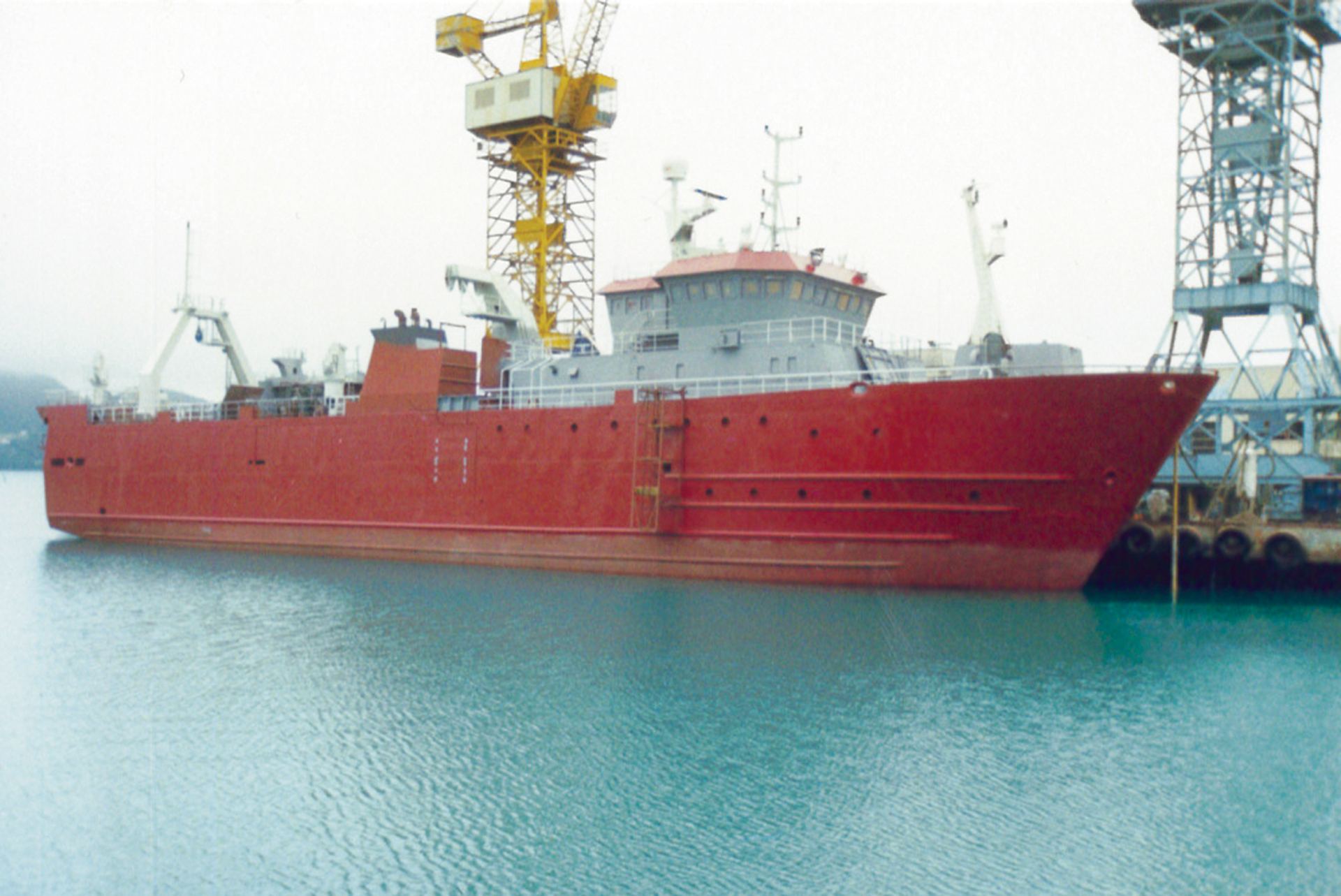
In 1987 Tender Bali and Tender Banf arrived from the Ivory Coast, having been bought by a local shipping company intending to use them as trawlers on the northwest coast of America. At the request of Ulstein, Larsnes Mek. Verksted provided steelwork and equipment for one of the two vessels. Both ships were unrecognizable once they had been completed. The yard also built steel units for other shipyards in the region in this period.
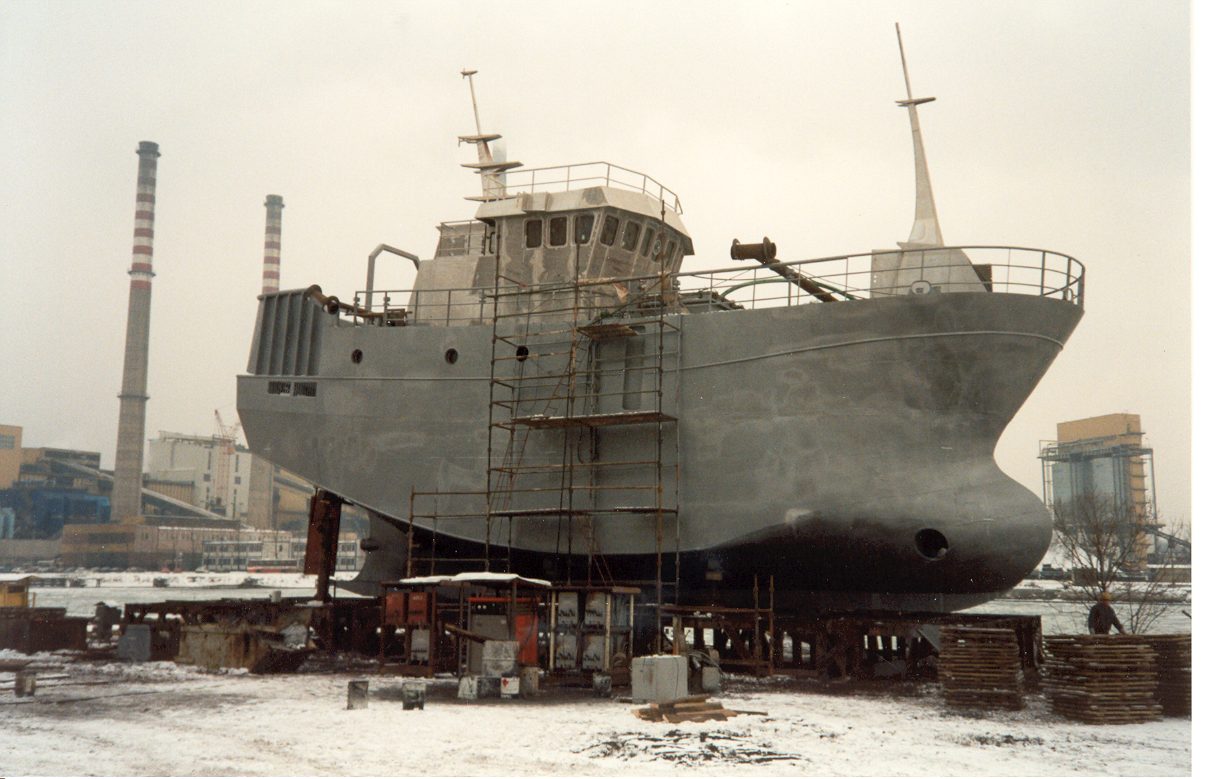
Following a period of sectional work, repairs, and maintenance, the shipyard began to produce newbuilds in 1996. The first vessel was MS Hovden Senior, a 21.3 m long combined Danish/purse seiner. The hull was built in Poland. The ties that were forged in Poland at that time, become important to the shipyard in the years that followed.
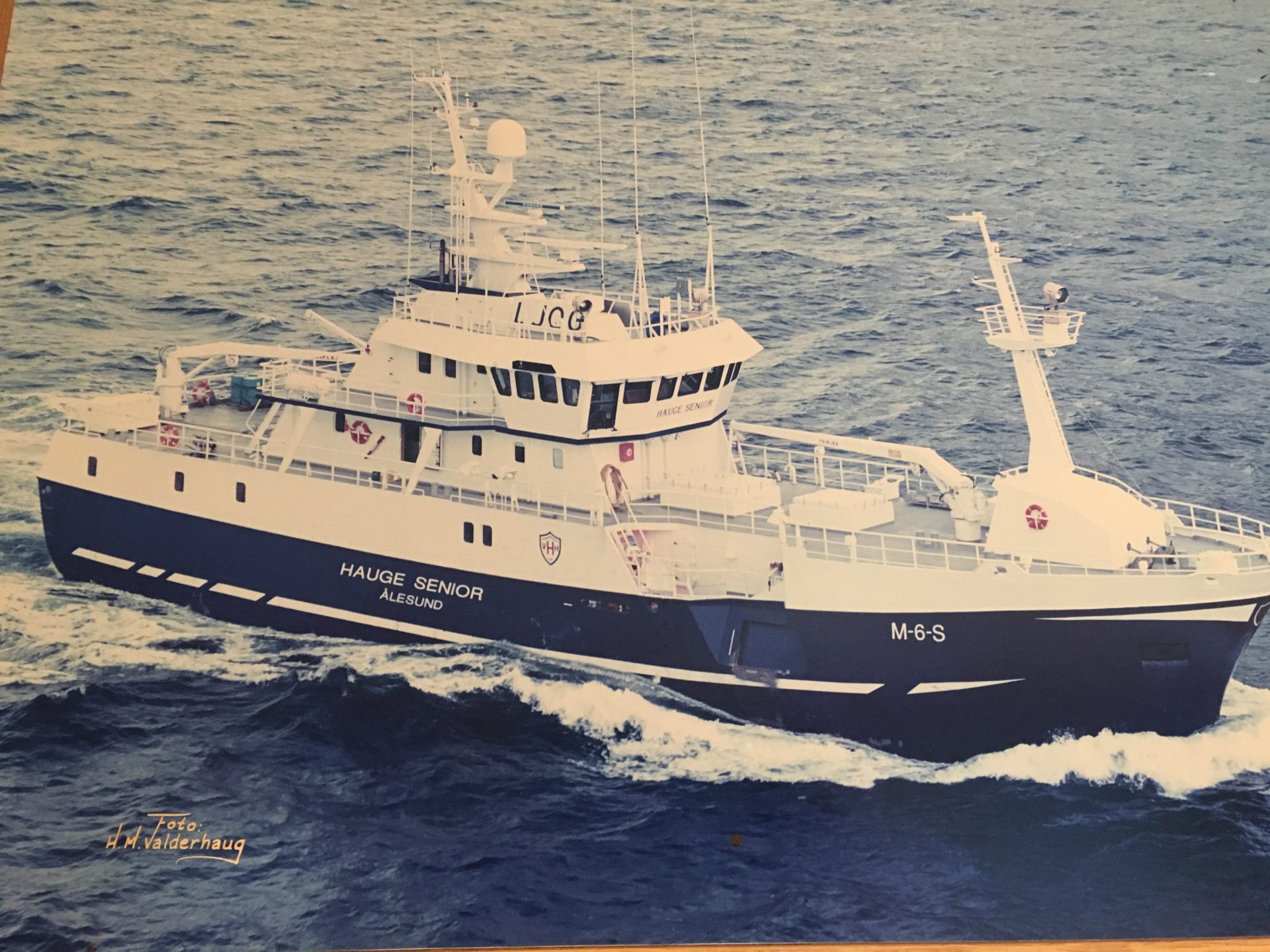
In 1998 the yard delivered its first longliner, MS Hauge Senior, to local shipping company Hauge & Hauge. By this time Larsnes Mek. Verksted had established a high level of expertise in this segment. Many of its clients were involved in longline fishing. The following year the sister ship MS Skarhaug was delivered to Skarhaug AS. Longliners had become the shipyard’s successful niche in the market. The yard delivered several longliners over the next few years.
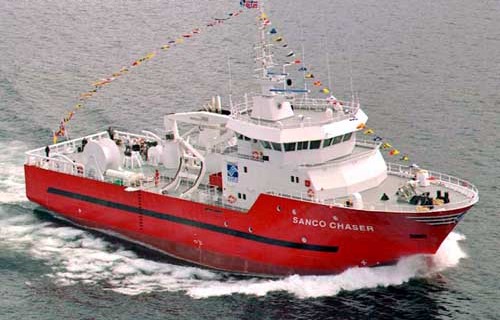
The longline fisheries entered a period of decline with poor catches and low prices. Larsnes Mek. Verksted, therefore, had to restructure and seek new customer groups. The shipyard signed a contract with local firm Sanco AS to build MS Sanco Chaser, a seismic support vessel. The yard was also awarded contracts for the combined trawler/seiner MS Leinebjørn and the pelagic trawler MV Pacelli for Mullglen Ltd in Ireland.
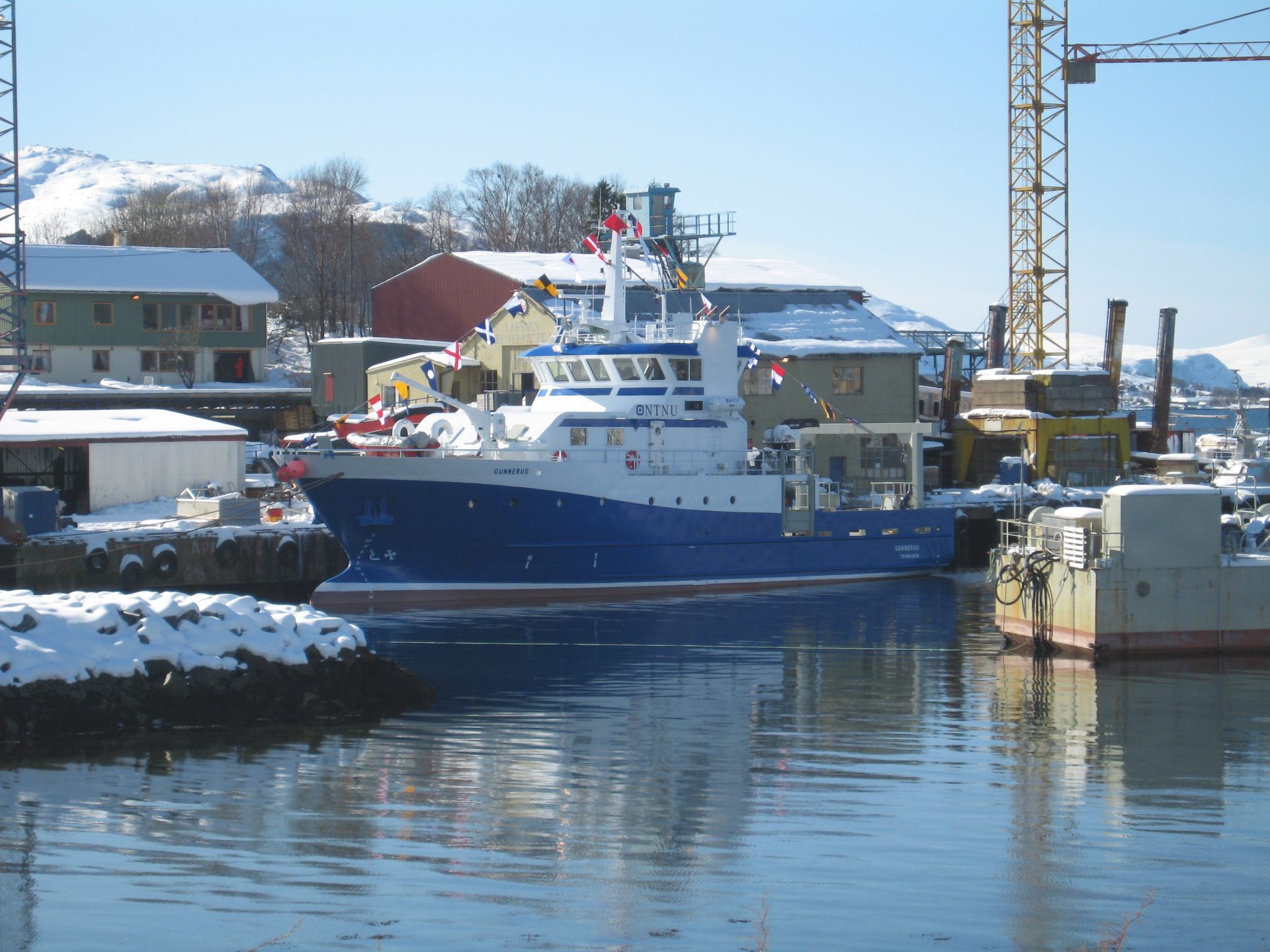
Then the market in the maritime industry became tough. Larsnes continued to operate, now with a reduced workforce, and repairs and maintenance as a core part of the business. All the time the company was working on new projects and eventually landed a contract on the building of an advanced research vessel for the Norwegian University of Science and Technology in Trondheim. In March the following year, MS Gunnerus was launched and delivered to mark the company’s 25th anniversary. The shipyard had proved that it could deliver in this segment, too.
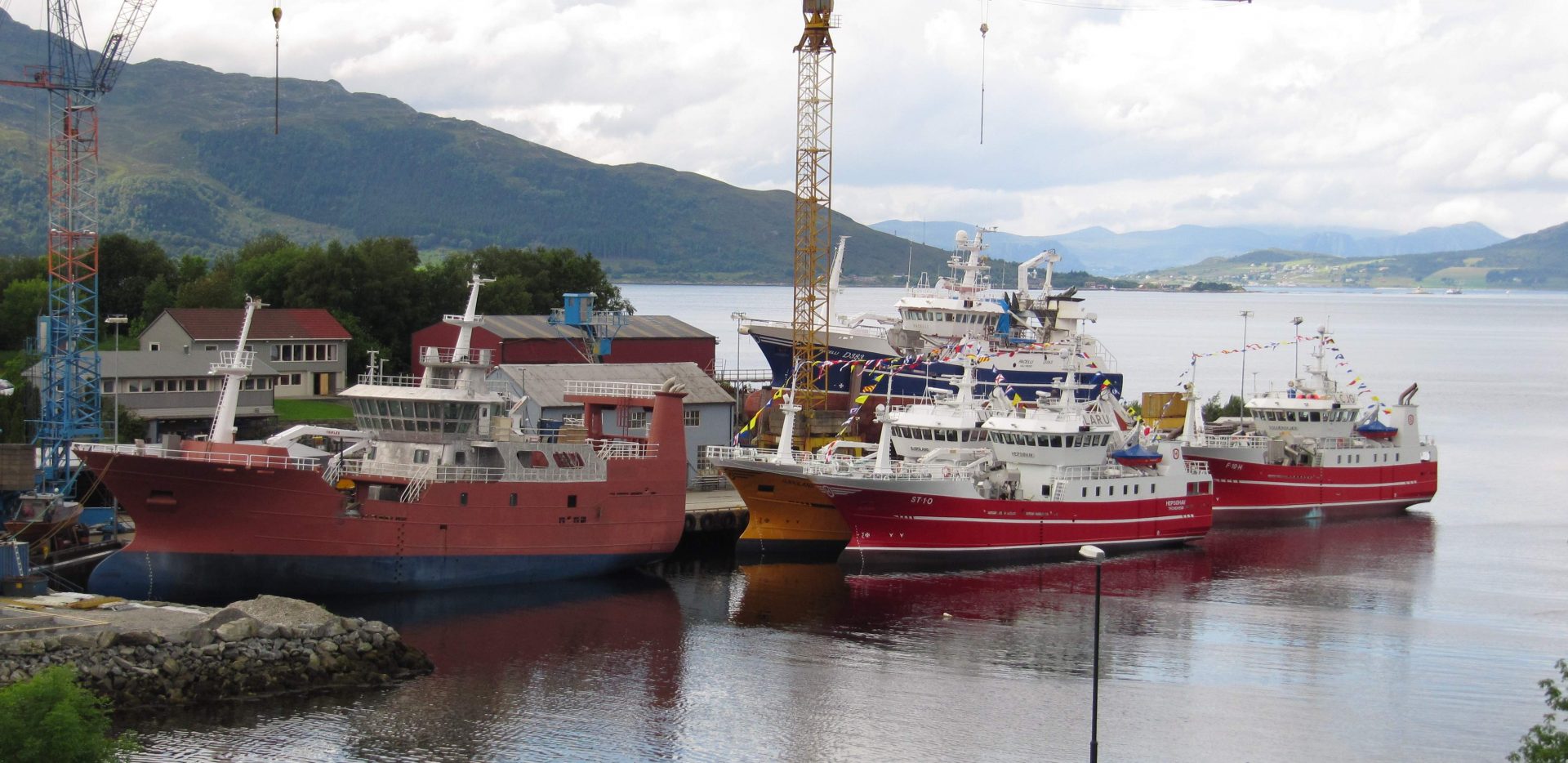
As the market started to improve again, the shipyard entered into a partnership with the consultancy firm Naval-Consult AS. This collaboration resulted in the building of a series of Purse seiners with identical designs. The concept became a success and is deemed to be one of the best fishing vessels in the Norwegian coastal fleet.
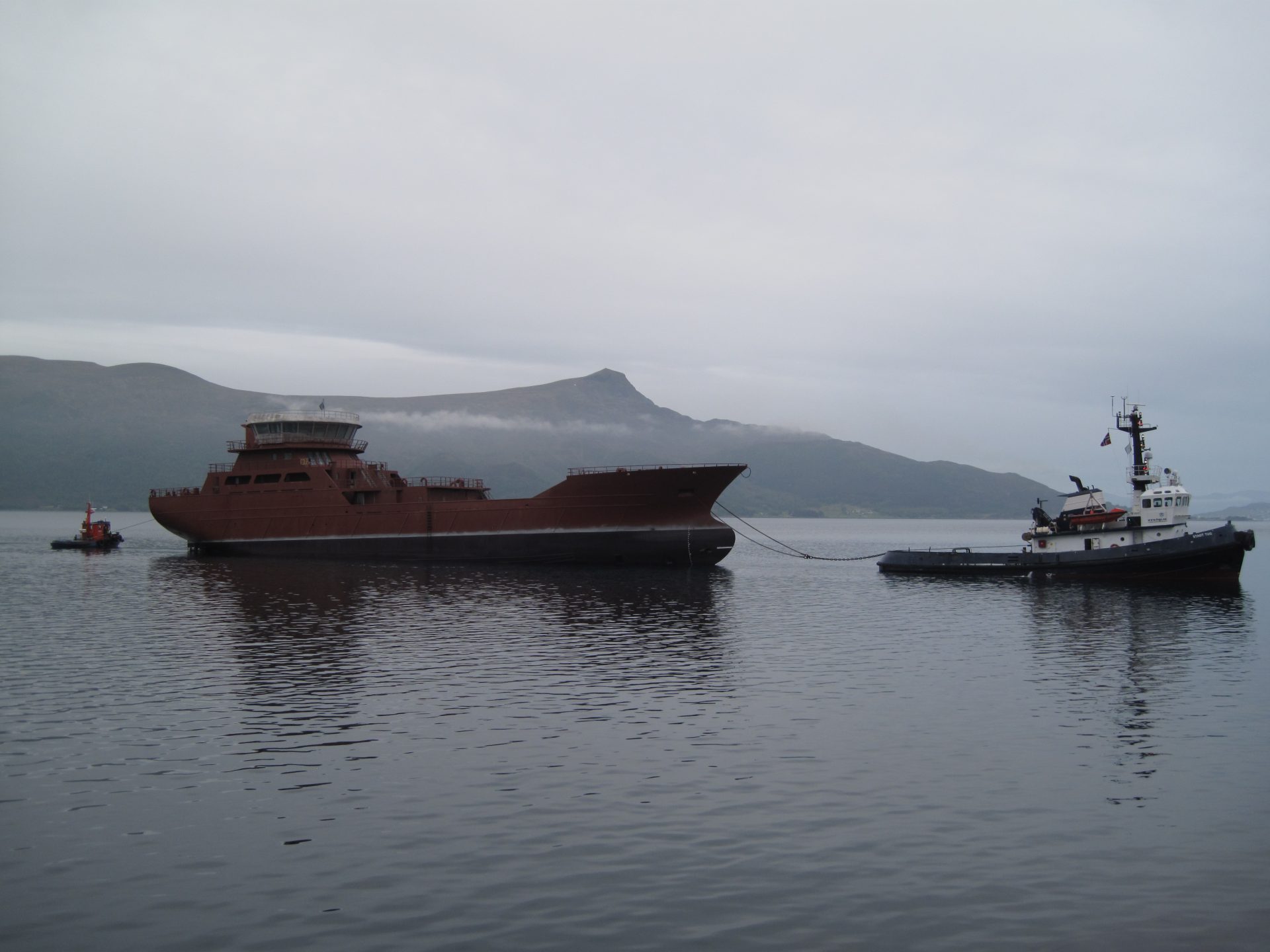
In between the series of Purse seiners Larsnes Mek. Verksted also managed to build a live fish carrier for Rostein AS. The vessel was the largest of its kind in the world when it was delivered in 2009, with a cargo hold of 2800 m3.
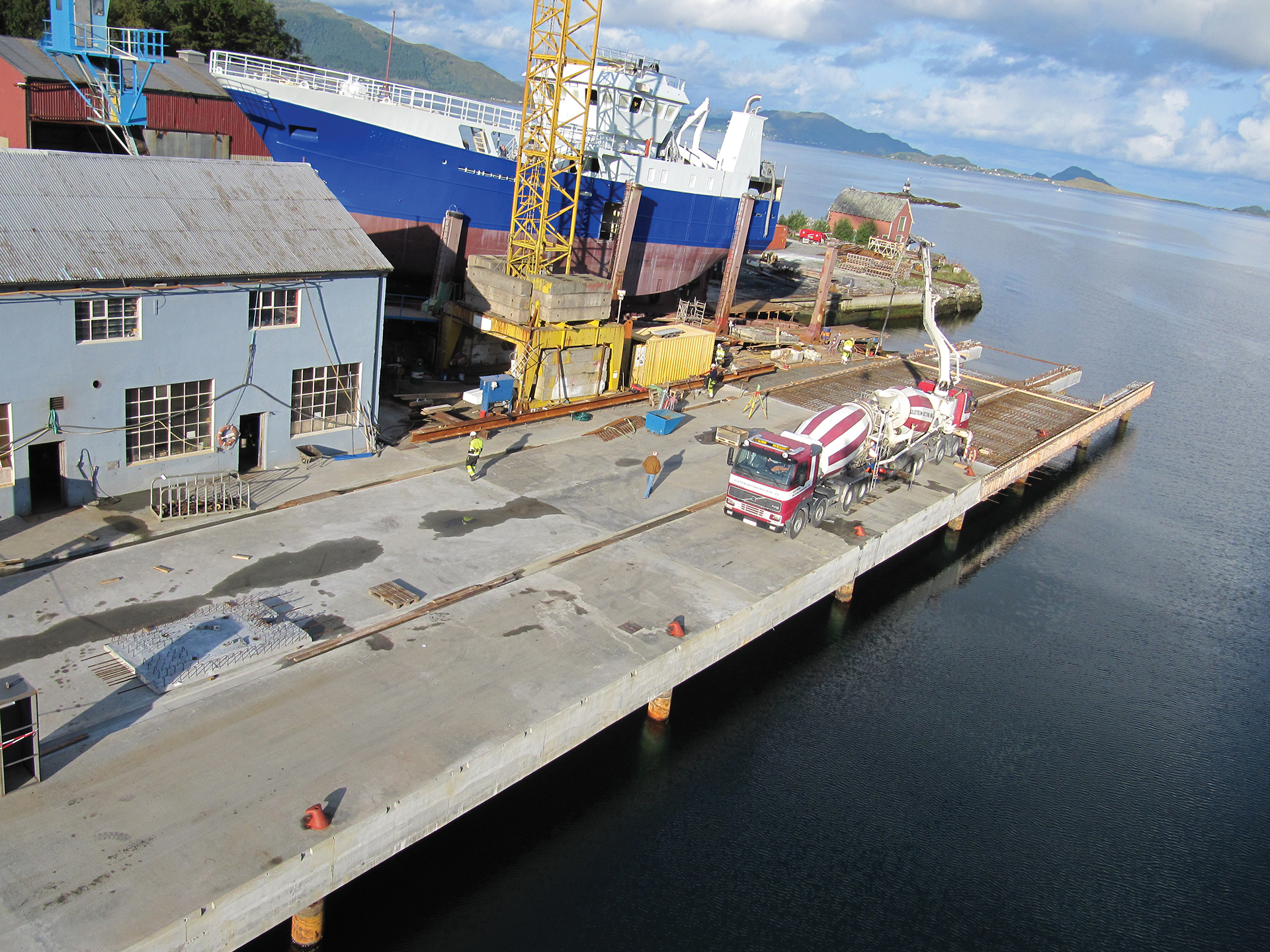
The company’s client base was growing, and the vessels were getting larger. The shipyard needed to improve access. Its new quay was completed in 2010, providing 130 meters of continuous quayside. This significantly increased capacity and improved working conditions for the company’s employees.

In 2011 Larsnes Mek. Verksted could celebrate 30 years with many success stories. In its anniversary year, the shipyard delivered an advanced Rolls-Royce-designed Scottish seiner to shipping company Kolbjørn AS. One of its largest projects in the yard 30 years history, was the lengthening and rebuilding of two pelagic trawlers for Antares Fishing Company Whalsey and Zephyr Fishing Company Ltd, Shetland. Both vessels were originally 64.4 meters long and were extended to 72.3 meters.
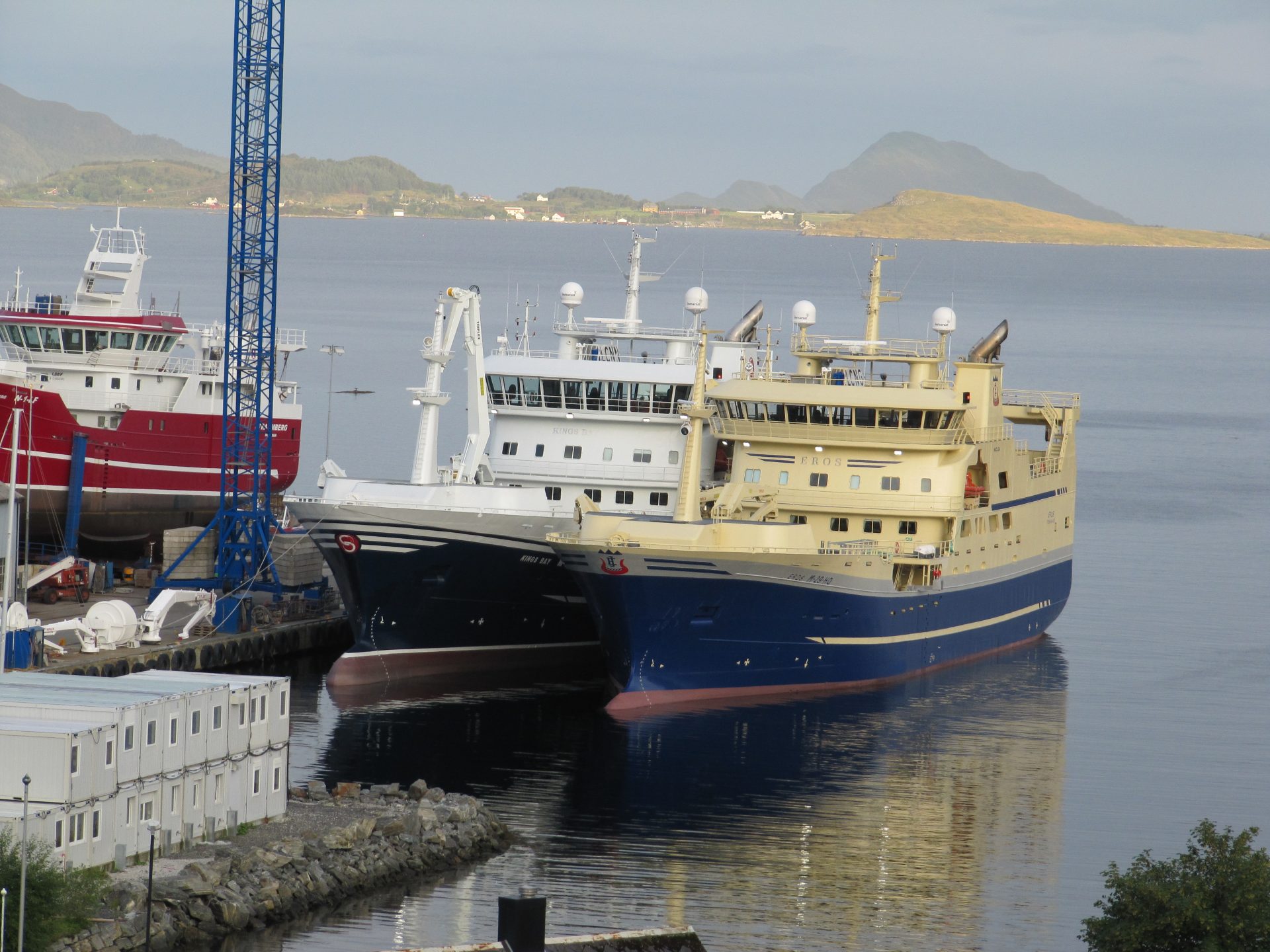
In 2012 and 2013 Larsnes Mek. Verksted delivered two advanced fishing vessels to Eros AS and Kings Bay AS and was so far the shipyard’s biggest project to date. Both were designed by Rolls-Royce with a length of 77.5 m and a breadth of 16.6 m.
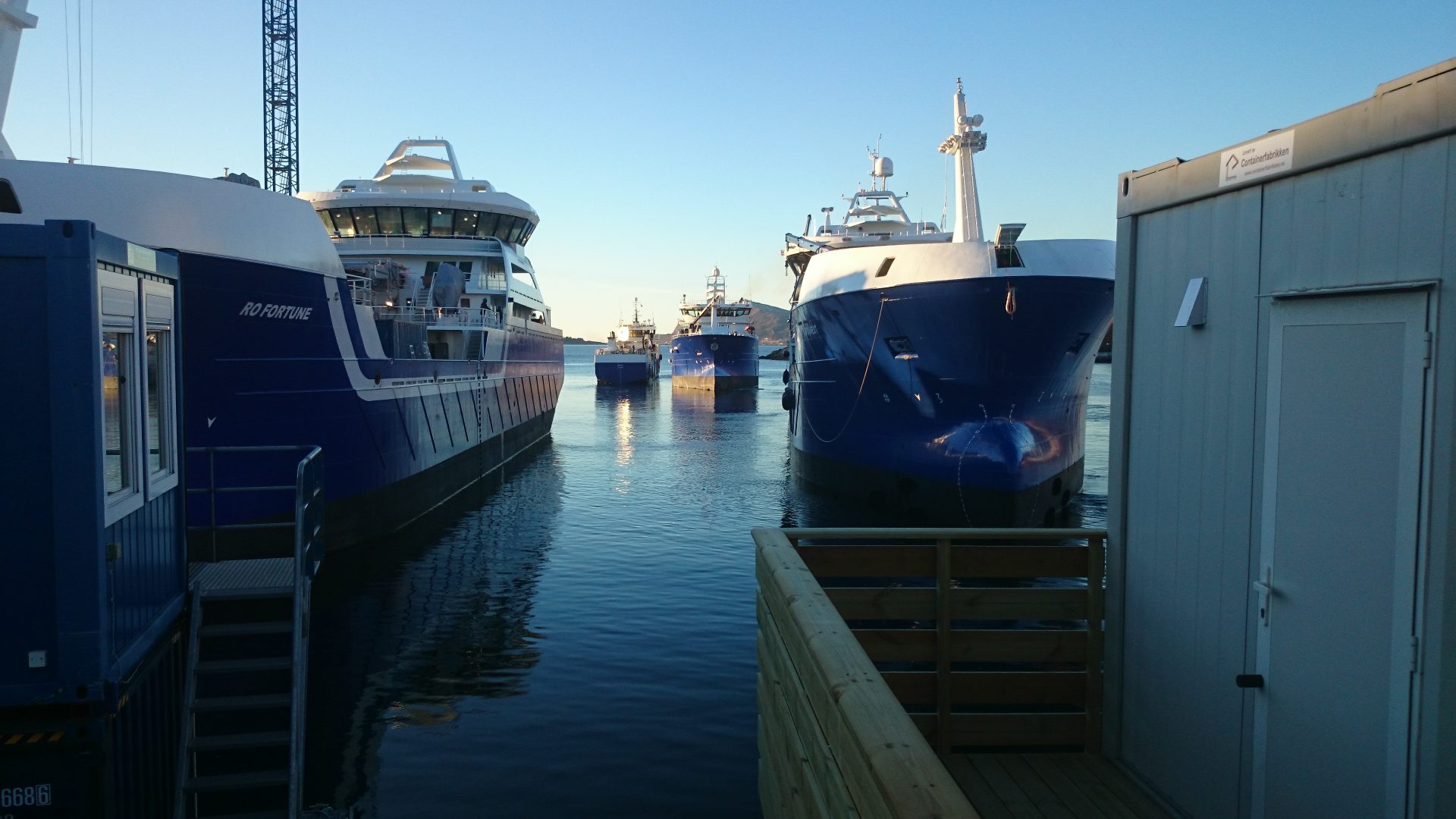
Towards the end of 2014 Larsnes Mek. Verksted got a new majority shareholder. The Sandøy-based shipping company Rostein increased its stake in the shipyard to 68.75 %. Most of the original shareholders retained their shareholdings. Key personnel at the shipyard also joined the shareholders. Rostein AS is a family-driven shipping company with headquarters on the island of Harøy. The company is an important part of the world-leading well boat cluster in Møre og Romsdal county.
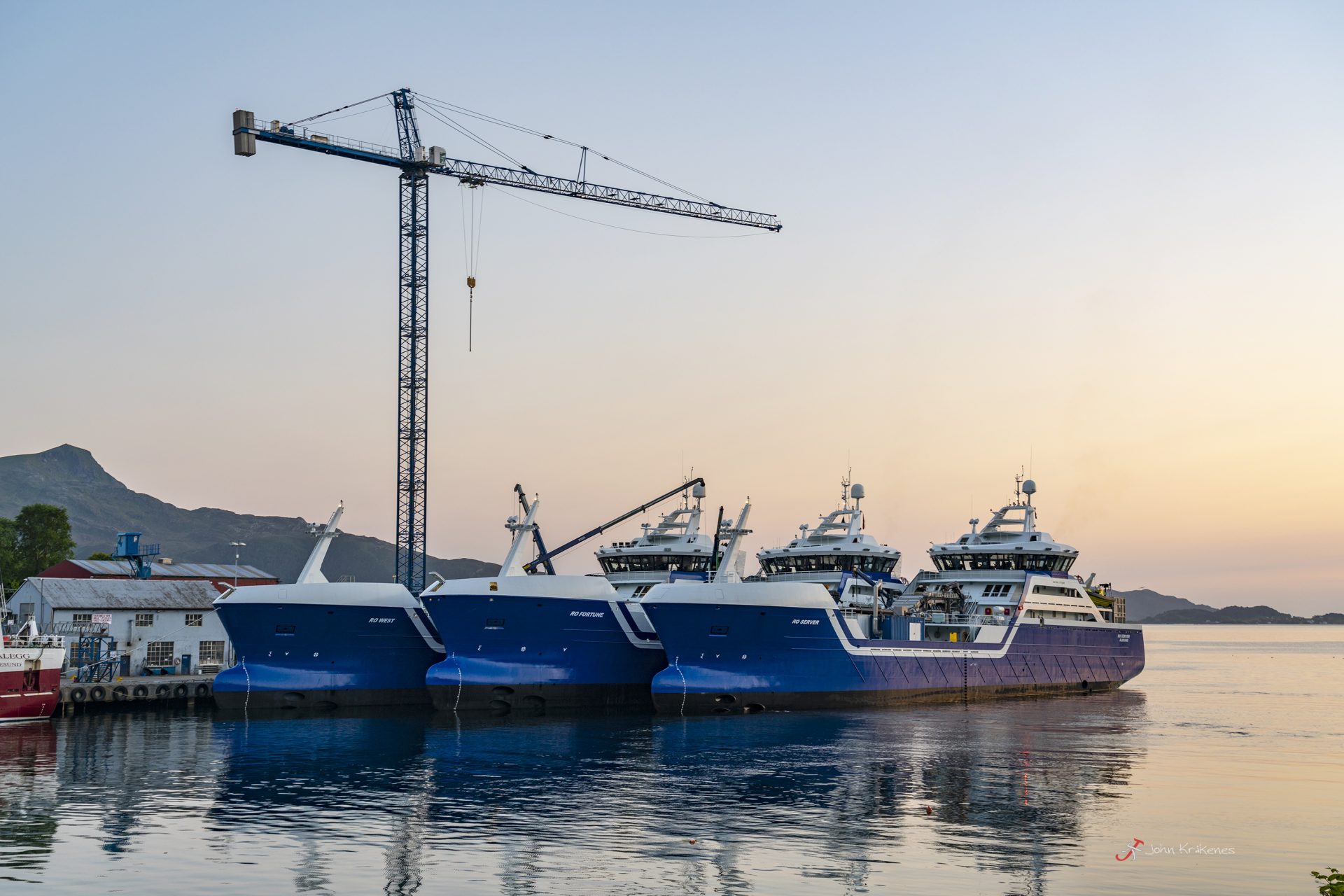
The acquisition from Rostein AS was to be a golden edge collaboration between the yard and the shipping company. From the end of 2014 onwards until mid-2021, Larsnes delivered 8 live fish carriers with the same design to the shipping company. The vessels are seen in the market as the most advanced in well-boat technology, developed together with Skipskompetanse AS and Rostein. In addition, 5 fishing vessels were to be delivered to different fishing companies within the coastal seine fleet in the same period.
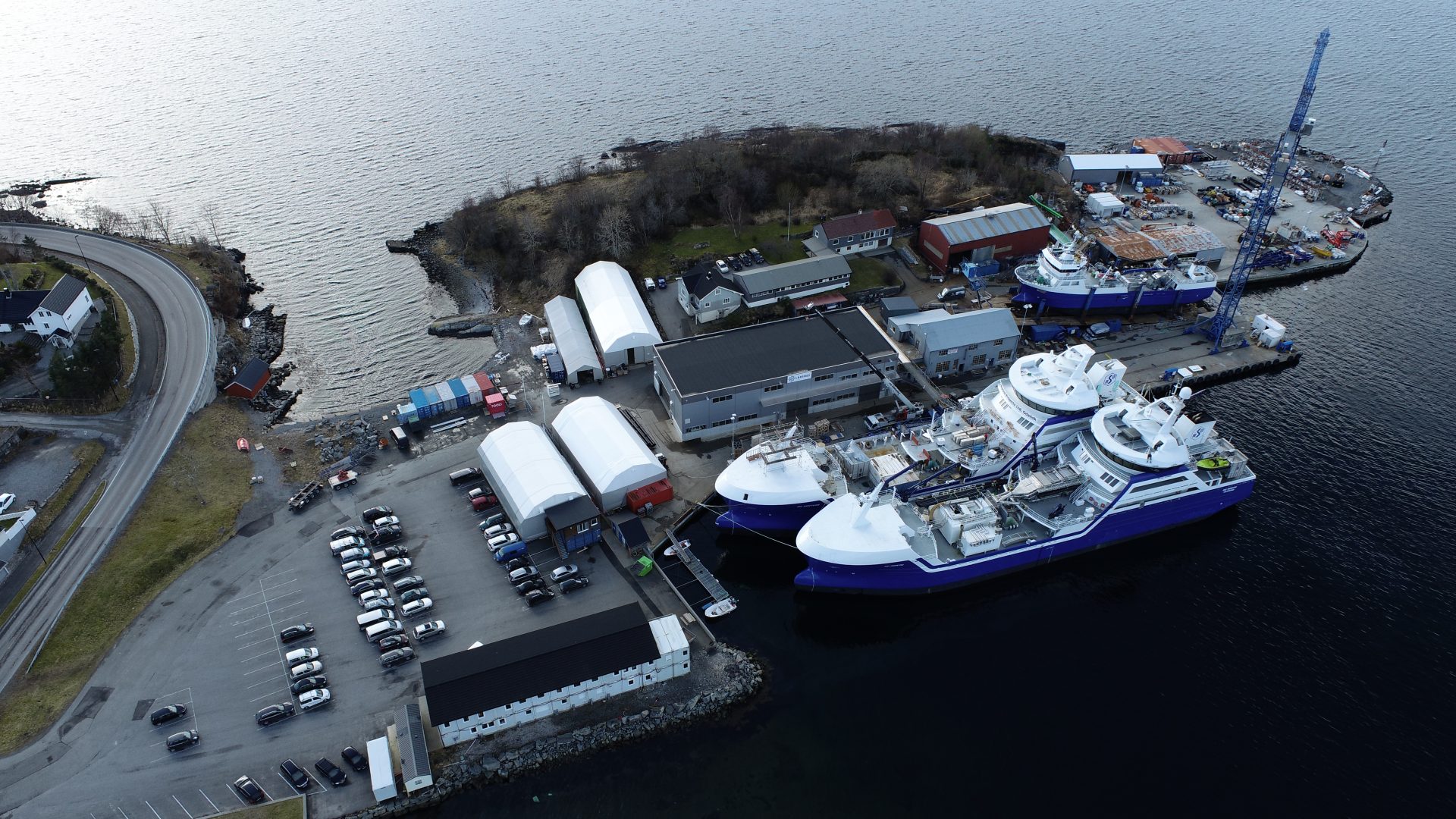
In 2015-2016 the planning began to do some upgrades of the facilities for the employees. The year after the new production hall for machinery, piping, and new modern warehouse was finished. In the years to follow, the board starts to plan a large-scale development of the yard.
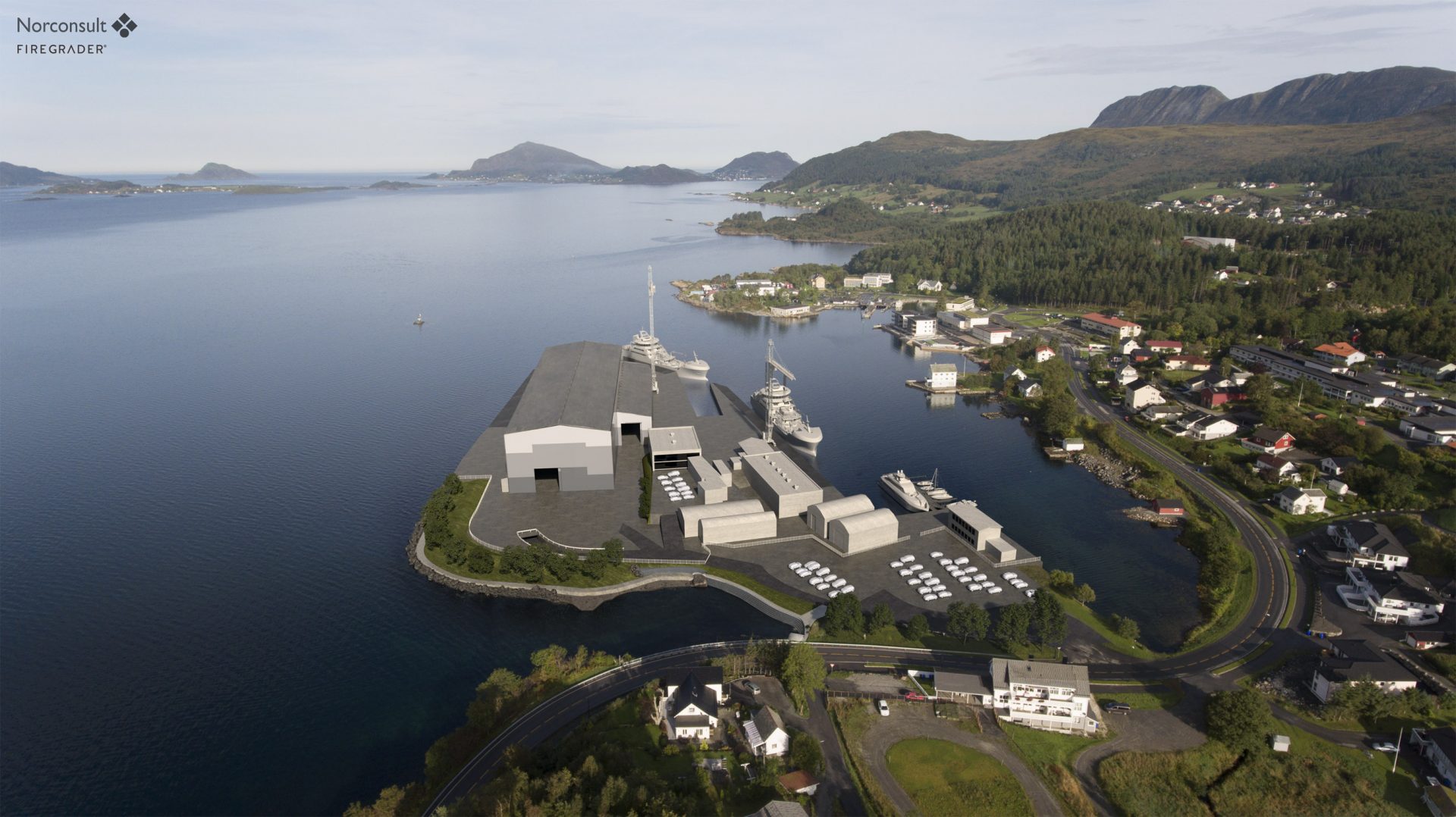
The new facilities include a drydock with a covered hall, new quays, and a shore power plant. The new administration building contains offices, wardrobes, and a canteen is the next step in our development. It will be among the most modern and cost-efficient yards along the Norwegian coast and will serve the need for re-building, maintenance, and repairs of the fishing and live fish carrier fleet. The dock was operative in the last quarter of 2023.

Since the first docking in the 4th quartal in -23, the dry dock has been fully occupied.
The remaining development has been completed step by step, with new inside production areas, 350 meters of quay length, security fences, a new porter`s shed with access control, extended parking, and a park around the yard for public use. The next level in our large-scale development will be a new administration buiding which will contain facilities for the employees such as wardrobes, canteen, offices and meeting rooms.